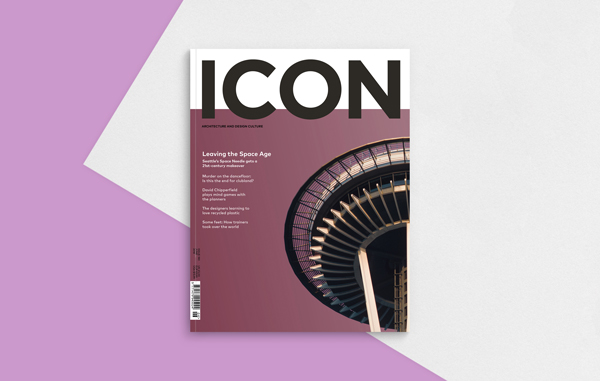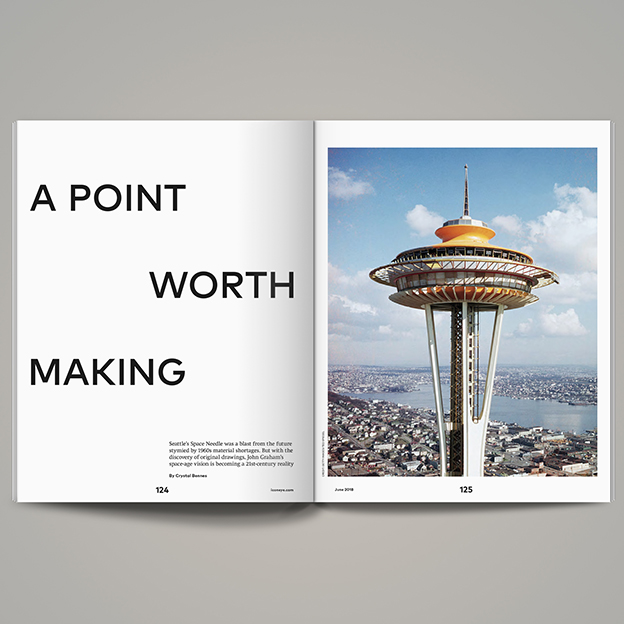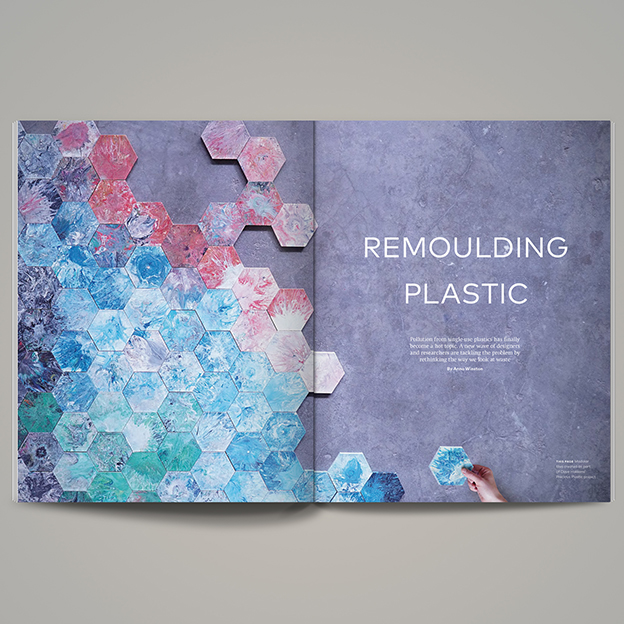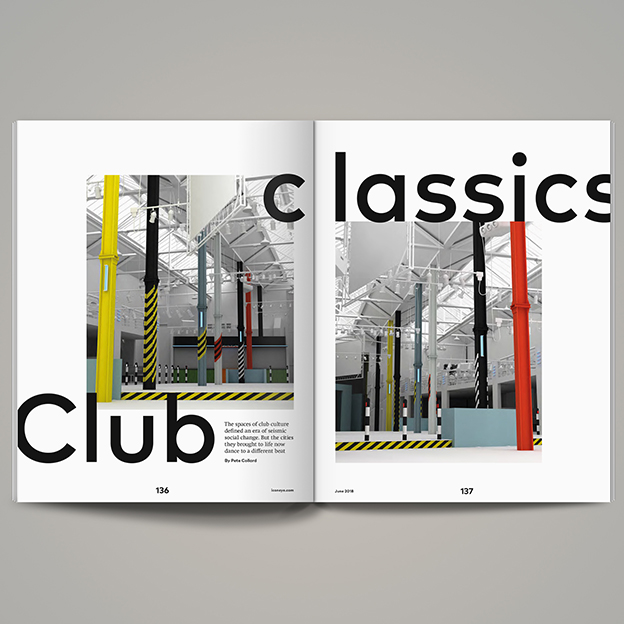
In this issue: The Seattle Space Needle has proved more than just a symbol of Cold War one-upmanship; Arita: Japan’s 400-year porcelain industry at a crossroads; Chipperfield, Simon Kertz, and urban design students take on Bishopsgate Goodsyard, and more.
A word from ICON editor James McLachlan:
Edmonton in northwest Canada is a hard city to love. Deadmonton (to the rest of the country) is teeth- chatteringly cold in winter, up to 30 degrees Celsius below zero and everything – buildings, cars, even people – seems to be blanketed in a whitey-brown sludge. The hipsters – the population is large enough to support such a clique – look a lot like the everyday Joes that constitute the backbone of this unashamedly blue collar town, bearded by necessity, heavily clothed and booted. In the past, Edmonton found solace in the success of the Oilers, the ice hockey team that, under the talismanic Wayne Gretzky, dominated the ‘80s. The team hasn’t won the Stanley Cup since 1990.

Architecturally, Edmonton is so generic that Hollywood uses it as a double for other, more glamorous locales. Take any scene-setting shot of a city skyline, the chances are it is stock footage of the Albertan capital. For all its quirks, Edmonton lacks a defining feature. In contrast Seattle, its counterpart in the northwest of the United States, is all but defined by the Space Needle, so much so, that if you remove the retro-futurist spike from the skyline, even Seattle residents cannot identify their hometown. Predictably, the Space Needle was condemned as a pointless bauble by the commentators of the day. The locals, however, loved it and, upon completion in 1962, the building kick-started the transformation of the city’s docks into thriving waterfront. Considering how embedded the Space Needle is in the urban collective consciousness, it is a curious to note that it is privately owned. When you couple this with its Cold War origins, the tower seems to represent the epitome of a soft power exercise. Now approaching its 60th birthday the Space Needle is set to undergo a not insignificant change, with a revamp that will see the introduction of floor to ceiling glazing, ‘catnip for the Instagram generation’ as our cover story suggests this month. But there is historical precedent for such a radical intervention – the architects Olson Kundig discovered a treasure trove of historical documents that suggest such a feature was always the architect’s first intention. Once finished, the Space Needle redux will reaffirm its purpose as a tourist attraction. My suspicion is that Edmonton would probably trade its place as Hollywood’s default skyline for a similar folly.
Also in ICON 180:
Remoulding Plastic: As the world wakes up to the cost of disposable plastics, designers point to a way forward.

Urban mind games: Chipperfield, Simon Kretz and urban design students take on Bishopsgate Goodsyard.
Remaking tradition: In southern Japan, a 400-year porcelain industry stands at a crossroads.

Club classics: As the sun slowly sets on clubbing culture, an exhibition captures its golden age.

















